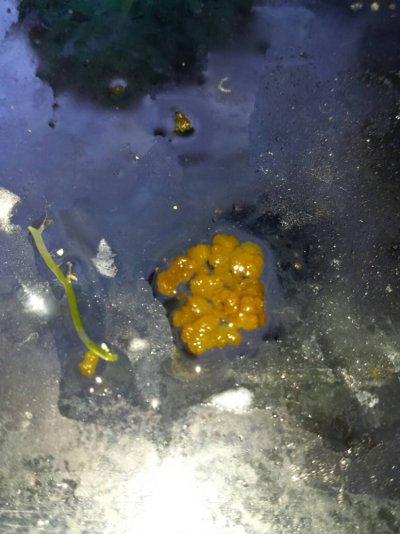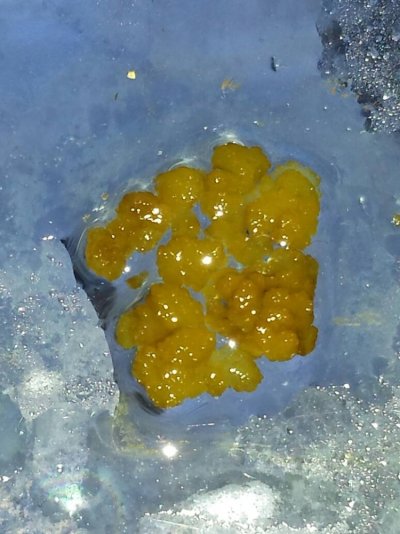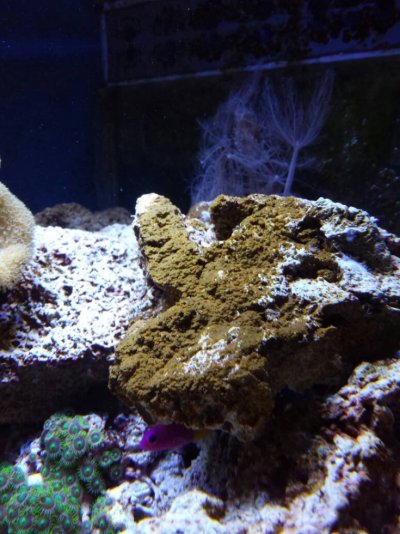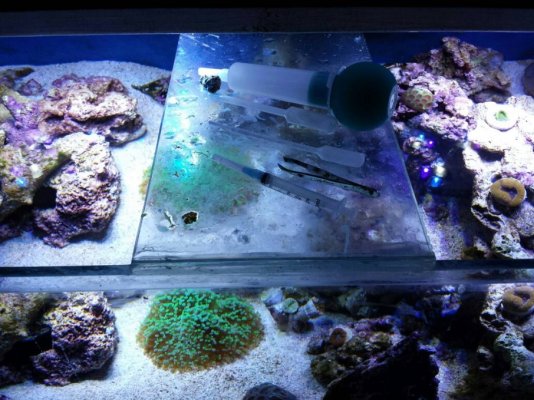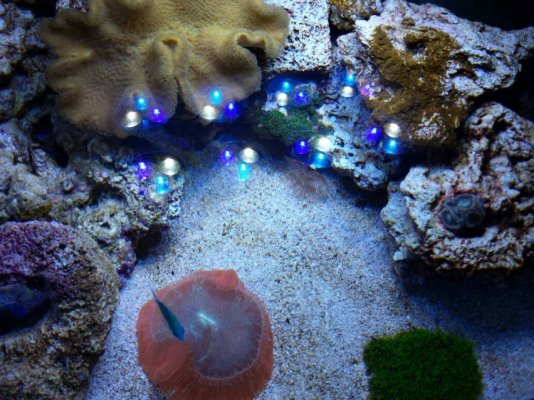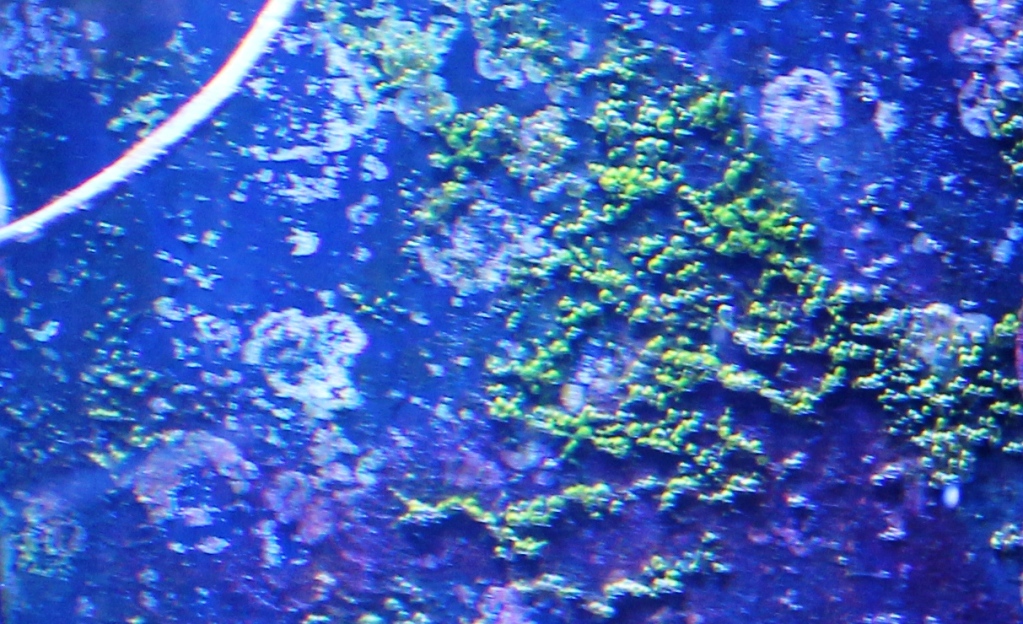Anyone know what kind of algae this is. It's starting to grow in my new tank. Never had it in the old one. Thanks for any help. Feels spongy when I took it out with tweezers and scraped off easily but in hindsight I may have just helped it spread everywhere. .........
Sent from my SGH-I337M using Aquarium Advice mobile app
Sent from my SGH-I337M using Aquarium Advice mobile app

